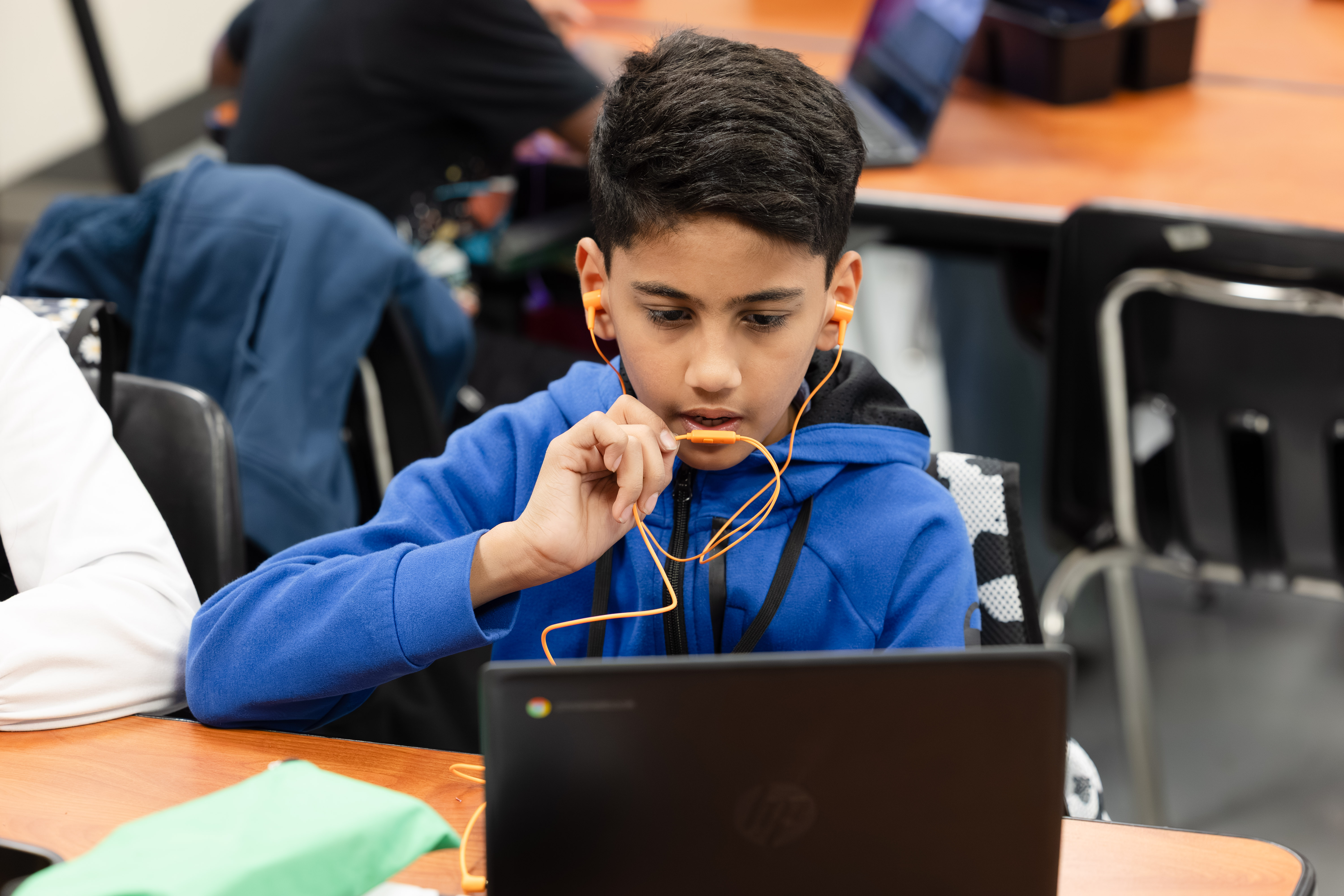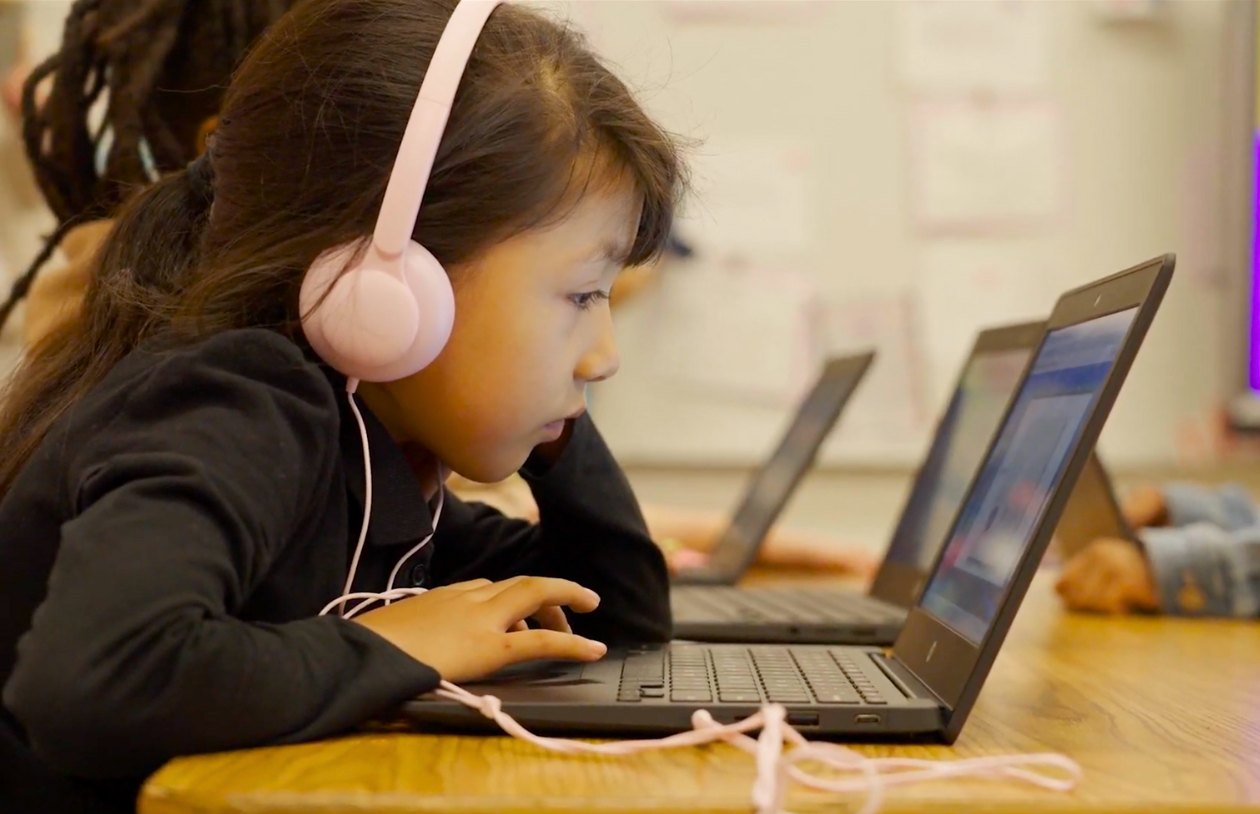3 Ways to Utilize ESSER Funding to Mitigate Learning Loss

Utilize ESSER Funding to Mitigate Learning Loss
The American Rescue Plan’s Elementary and Secondary School Emergency Relief (ARP ESSER) fund provides $122 billion in relief for pre-K-12 schools. The Department of Education is encouraging states to use these funds for the purpose of reopening and addressing the academic, social, emotional, mental health, and academic needs of their students.
Within the ESSER guidelines, the US government has made recommendations on how these funds should be utilized. One of the areas that they are expecting funds to be allocated to is learning loss. In fact it is expected that up to 25% of funds being provided to state and local education agencies will be spent on addressing learning loss.
Implementing Strategies to Mitigate Student Learning Loss
It’s no surprise that learning loss in math and reading related to the COVID-19 pandemic is widespread and affects every school district, teacher, and student. Istation recently conducted a national study of K-12 student achievement to measure how severe that learning loss is. The study found that COVID-19 school closures have contributed to a significant amount of learning loss.
As these types of studies continue to be published, schools and districts will be addressing learning loss through the implementation of evidence-based interventions and activities. These strategies will be put in place to ensure schools are responding to students’ academic, social, and emotional needs. Some of the strategies currently being discussed include:
- implementing extended learning or enrichment programs
- extending classroom time
- adding comprehensive after-school programs
While these strategies will be effective in extending learning opportunities for students, there are additional tools and resources that should be considered when developing the best plan to mitigate learning loss.
3 Ways to Utilize ESSER Funding to Mitigate Learning Loss
1. Implement a digital assessment tool to develop a strategic plan for individual student learning loss. Giving your teachers access to the right assessments means they will be able to…
- pinpoint students’ needs
- plan effective interventions and instruction
- track student progress
While we know that learning loss can be found among most students, the degree of loss will be different for each individual. By utilizing tools like Istation’s formative assessments, you can assess students on an individual basis. This gives you access to data that will help you develop instruction to effectively combat learning loss for each student.
2. Utilize online resources for targeted groups. With ready-to-use resources, teachers can save valuable time to focus on delivering the right student interventions and instruction when it’s needed most. This focused attention is needed now more than ever as learning loss continues to be an issue throughout the pandemic.
Istation offers thousands of printable and digital resources for teachers to use in their day-to-day lessons. These evidence-based activities align with student assessment data and meet each learner where they are.
3. Support teachers with professional development to help them mitigate learning loss in their classrooms. With customizable professional-development sessions, teachers can…
- focus on setting and achieving goals;
- make data-driven decisions for instruction; and
- promote classroom growth.
Online programs like Istation offer customizable training opportunities and resources for teachers, principals, and other school leaders. Educators can choose which tools and plans are most effective for driving growth at their schools.
Read more from the AI & The Reading Brain Blog


.avif)
